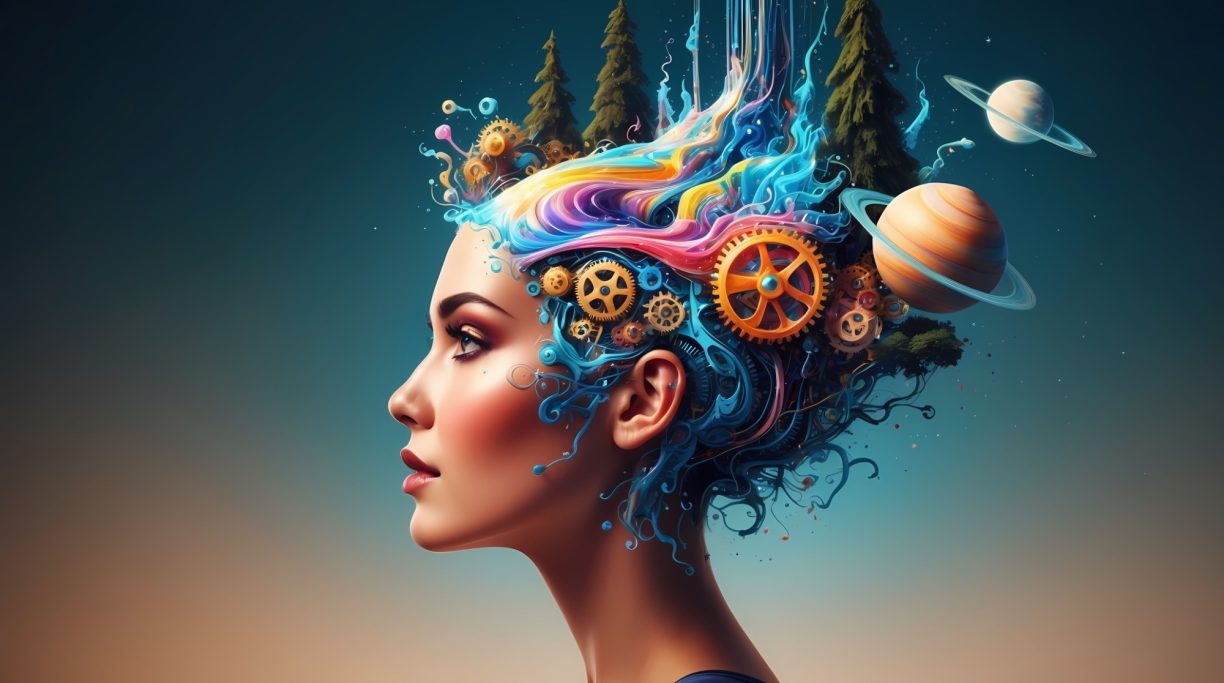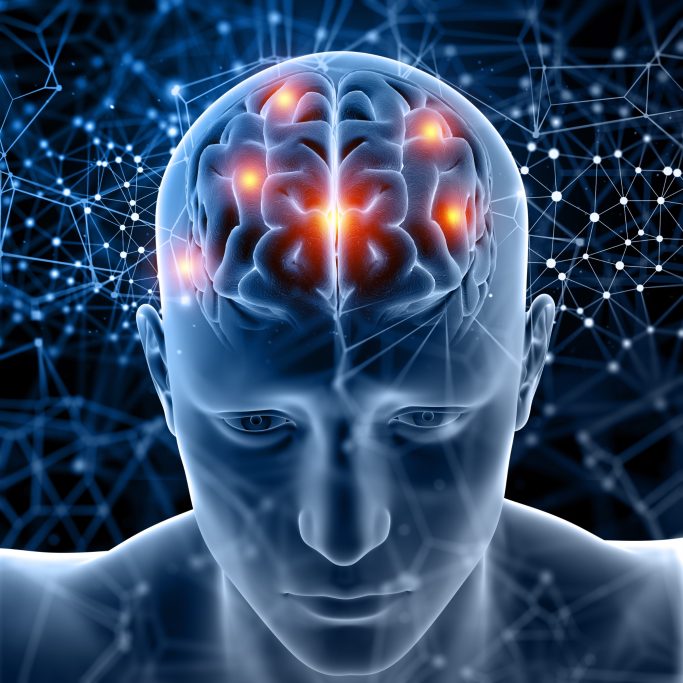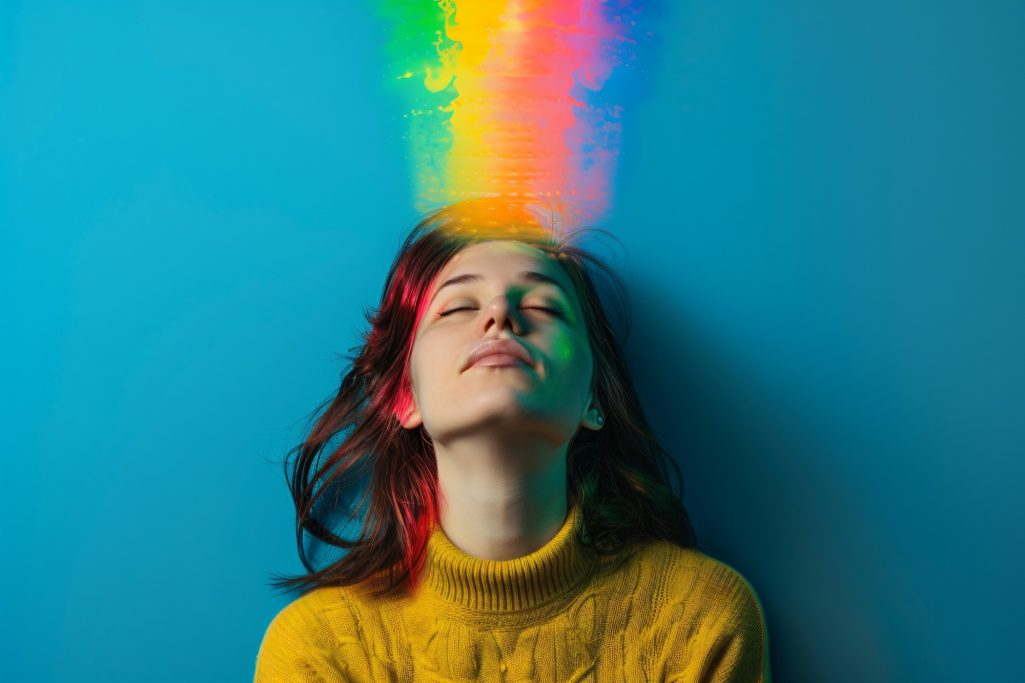NYICAS | THEORETICAL ESSAY
Psychoneuromotor Principles in Artistic Production
A Theoretical Framework for Innovation, Integration, and Creative Advancement
By Dr. Louis L. Ventura
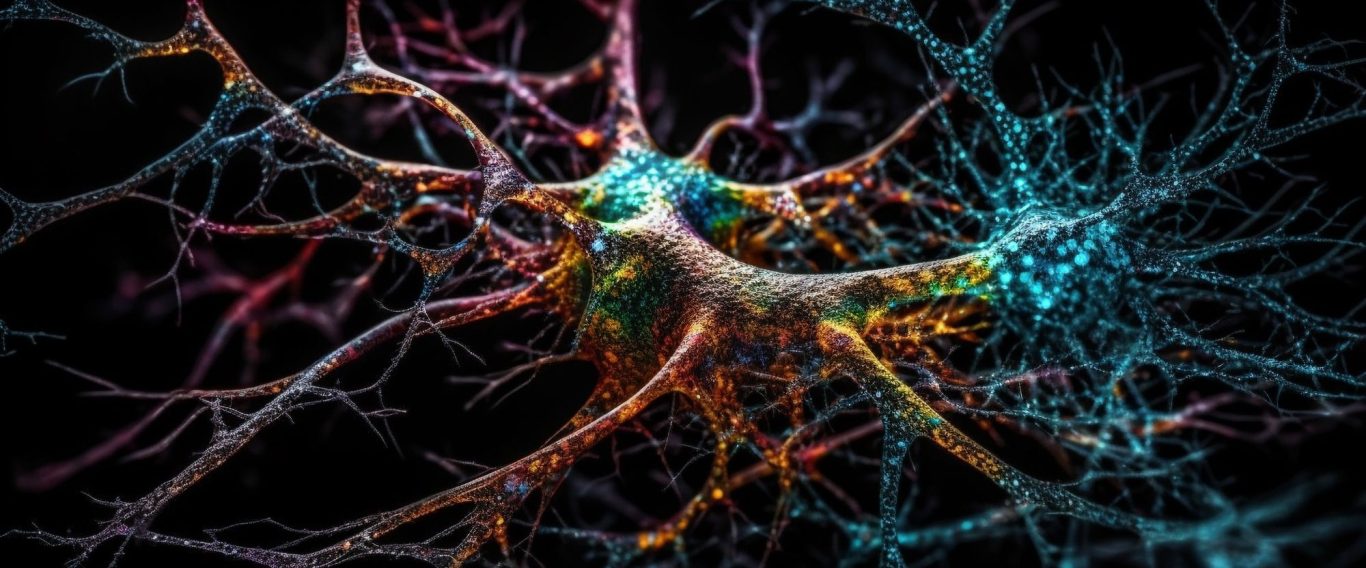
Abstract
This thesis proposes that the integration of psychoneuromotor principles within artistic production provides a foundational framework for enhancing creative innovation, productivity, and sustainability across multiple disciplines in the creative industries. Drawing on interdisciplinary insights from psychology, neuroscience, and somatic theory, the concept of psychoneuromotor engagement offers a powerful lens through which to understand and stimulate artistic processes.
By examining how cognitive, emotional, and physical systems interact during creative acts, this thesis aims to elucidate the transformative potential of embodied creativity in fields such as visual arts, design, architecture, technological development, and sustainability-oriented initiatives.
1. Introduction
In the context of a rapidly evolving cultural, technological, and environmental landscape, the role of the creative practitioner is undergoing a fundamental transformation. Artists, designers, architects, technologists, and sustainability leaders are increasingly required to operate at the intersection of innovation, interdisciplinary collaboration, and socio-environmental engagement.
Amid this complexity, there is a growing recognition that traditional models of creativity—centered solely on cognitive ideation or aesthetic intuition—are insufficient to address the scale and urgency of today’s challenges.
This paper posits that a more integrated approach to artistic production is necessary—one that embraces the psychoneuromotor dimensions of human creativity. The central hypothesis is that the coordination between mental processes, neural networks, and physical motor activity is not merely a supportive function of artistic practice, but a core generator of creative intelligence itself.
2. Defining Psychoneuromotor Integration
The term psychoneuromotor refers to the dynamic interplay between three essential components:
• Psychological processes: encompassing thought, emotion, intention, and imagination.
• Neurological function: the operation of neural pathways responsible for cognition, perception, and memory.
• Motor behavior: the execution of intentional movement through the body, particularly hands-on action involved in the act of making.
In artistic practice, these three dimensions converge within a creative feedback loop in which perception, sensation, and expression continually inform one another. Far from being isolated faculties, the psychological, neural, and motoric elements of creativity are interdependent and mutually reinforcing.
3. Theoretical Foundations
This framework aligns with multiple strands of contemporary research:
• Neuroaesthetics: Studies suggest that engagement in artistic creation activates neural pathways associated with reward, problem-solving, and emotional regulation.
• Somatic Psychology: Emphasizes the body's role in emotional processing and expressive intelligence, particularly within trauma-informed and therapeutic contexts.
• Flow Theory (Csikszentmihalyi): Identifies the optimal state of consciousness for creativity as one in which mind and body are synchronized, enabling deep focus and effortless execution.
These theoretical underpinnings provide a basis for expanding the concept of creativity beyond the brain, positioning the whole person—cognitively, emotionally, and physically—as the agent of artistic innovation.
4. Psychoneuromotor Engagement as a Catalyst for Innovation
4.1 Cognitive Activation Through Motor Practice
Physical acts such as sketching, modeling, or sculpting stimulate neural plasticity and spatial reasoning.
When artists work with their hands, they activate regions of the brain related to tactile memory and visual-spatial synthesis, enhancing their capacity to develop original and coherent visual languages.
4.2 Movement as Methodology
Kinetic engagement—whether through gesture, repetition, or tool manipulation—functions not only as a means of expression but as a methodology for exploration.
The process of making becomes a form of thinking, allowing for spontaneous insights and serendipitous discoveries that would be inaccessible through conceptual abstraction alone.
4.3 The Flow State as a Creative Engine
Psychoneuromotor integration facilitates entry into flow—a mental state characterized by deep immersion, clarity of purpose, and the temporary suspension of self-consciousness.
Within this state, artists report heightened creativity, improved problem-solving, and increased emotional resonance in their work.
5. Applications Across Creative Sectors
Visual Arts
Embodied practices such as performative drawing, large-scale installations, or tactile media (clay, textiles) offer pathways to merge gesture and form. This yields a creative language that speaks not only through visual cues but through the energetic trace of movement and material interaction.
Design
Designers benefit from physical prototyping and model-making as tools for iteration. Motoric engagement facilitates a non-verbal dialogue with materials, enabling intuitive refinements and emergent solutions that elude strictly digital design processes.
Architecture
The human experience of space is fundamentally psychoneuromotor. Architects who consider how bodies move through environments are better equipped to design spaces that foster well-being, functionality, and socio-spatial coherence.
Technology Development
Human-computer interaction (HCI) increasingly prioritizes embodied cognition. Interfaces and applications informed by psychoneuromotor awareness become more intuitive, adaptive, and responsive to user behavior—thereby enhancing both usability and innovation.
Sustainability Projects
Community-based participatory design, urban farming, and ecological art projects benefit when stakeholders are physically engaged in creation. Psychoneuromotor involvement fosters a deeper identification with environmental issues and catalyzes collective agency.
6. Toward a Holistic Creative Ethic
The integration of psychoneuromotor principles invites a redefinition of artistic labor—not as a purely intellectual or emotional endeavor, but as a holistic act of embodied consciousness.
This shift has implications for arts education, policy-making, and cultural innovation strategies.
At an institutional level, organizations such as NYICAS can serve as incubators for embodied creative research, interdisciplinary collaboration, and psychoneuromotor-informed pedagogy.
Workshops, residencies, and public programs can be designed to activate the full creative capacity of participants through somatic engagement.
7. Conclusion
In conclusion, the psychoneuromotor paradigm offers a profound opportunity to reimagine the creative process as an integrated system of mind, brain, and body. It challenges the dominance of cerebral creativity by validating the intelligence of movement, sensation, and intuition.
As artists, cultural leaders, and changemakers seek to innovate in the face of global crises, this approach provides a pathway to deeper insight, greater authenticity, and more sustainable impact.
By embracing the psychoneuromotor dimension of artistic production, the creative sector can move toward a future where innovation is not only cognitive—but embodied, ethical, and collectively transformative.
-----
Dr. Louis L. Ventura
President, NYICAS | Economist | Educator | Author
BSc (Econ), M.Ed., Ph.D. (M)
GET INVOLVED
Interested in collaborating with NYICAS or learning more about our international programs and events?
- 4 W 43rd Street, #416, New York, NY - 10036
- (646) 922-7052
- info@artsvgallery.com
ART WITH PURPOSE. CULTURE WITH VISION.
New York International Contemporary Art Society
